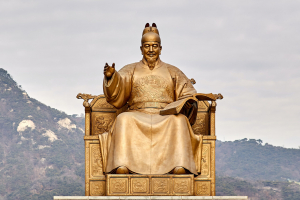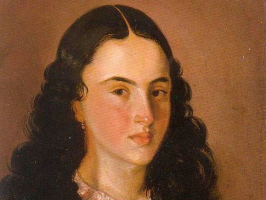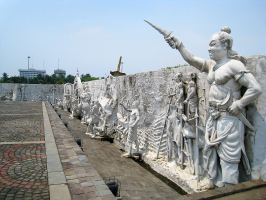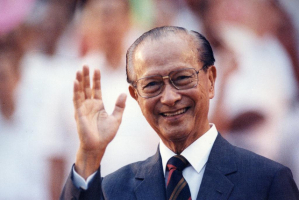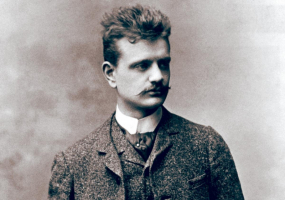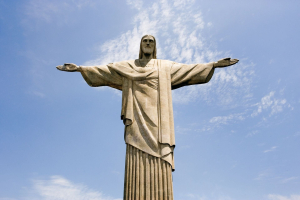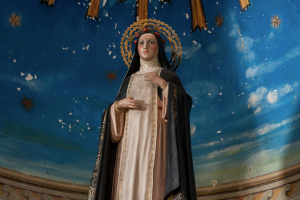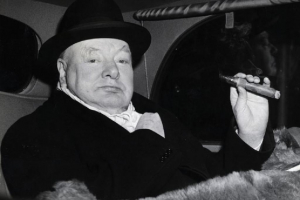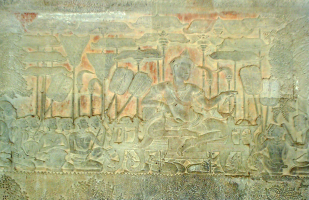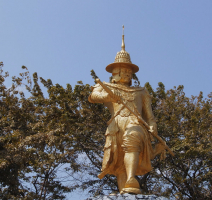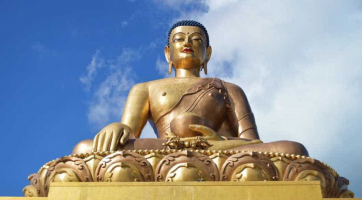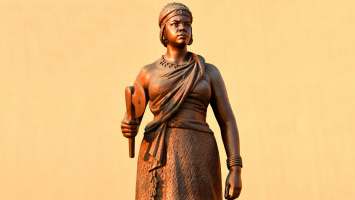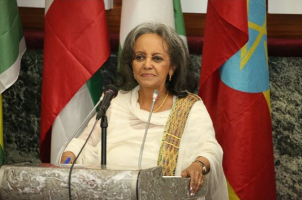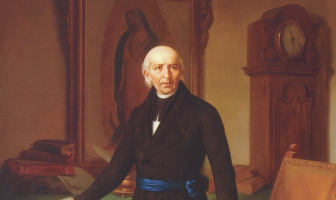Top 8 Most Important Historical Figures In Andorra
Officially known as the Principality of Andorra, Andorra is a sovereign landlocked country on the Iberian Peninsula that is bordered by France to the north and ... read more...Spain to the south. It is located east of the Pyrenees. Up until 988, Andorra was controlled by the count of Urgell before being given up to the Roman Catholic Diocese of Urgell. Today, it is referred to as a principality since Bishop Urgell of Catalonia, Spain, and the President of the French Republic are the two princes who rule it. Here are the 8 Most Important Historical Figures in Andorrans. Check out our list of the most famous individuals in the world to discover whether any Andorrans made the cut. To learn more, see the aforementioned article.
-
One of the Most Important Historical Figures in Andorrans that Toplist would like to introduce to readers first is Lidia Armengol I Vila. She an Andorran historian, and government servant, fought for the preservation of her nation's traditional language and way of life. She was on 13th September 1948 and died on 26th November 1991.
The capital city of the landlocked microstate of Andorra, located in the Pyrenees, Andorra la Vella, is where Armengol was born. She began her education at a French elementary school there before moving on to the University of Perpignan in neighboring France, where she finished it at the Lycee Jean Lurcat. In 1971, she earned her degree in Letters' Spanish department. She graduated from the same university with a master's degree the following year. She got her Diploma of Advanced Studies in Andorran Studies from the University of Perpignan in 1978. She enrolled in a historical demography course in 1984 at the Ecole Hautes Etudes de Sciences in Paris, France.
In 1970, at the age of 22, Armengol proposed the "Andorranization Program," which she advocated for. This initiative served as the framework for the nation's public education system, which in turn promoted broad cultural sensitivity. She and Antoni Morell I Mora were named co-heads of the nation's Faculty of Pedagogy on March 1, 1973. She subsequently received the positions of Secretary General of the Ministry of Social Affairs and Director of the Department of Education, Culture, and Sports. By establishing Andorran educational facilities close to Spanish and French educational centers in the nation and organizing the study of the Catalan language, Andorran geography, and Andorran history, she contributed to the creation of the Andorran Training program. She established the National Library of Andorra in 1975, followed by the National Archives. The General Counsel then formed the Andorran Research Institute and appointed Armengol as its director a year later.
Armengol was chosen to serve as Director of Culture and Fine Arts when Prime Minister Oscar Ribas Reig assumed office in 1982. She was given the title of Secretary General of the Ministry of Education and Culture by the newly elected Prime Minister Josep Pintat I Solans. She was named Deputy Secretary General of the Presidential Palace in 1990 when Ribas returned to the highest office in government.
After a protracted illness, Lidia Armengol passed away on November 26, 1991, at the age of 43, in the Hospital Nostra Senyora de Meritxell in Andorra la Vella. Moreover, a thousand mourners came to her burial, which was conducted the following day at the Sant Esteve parish church of the city.
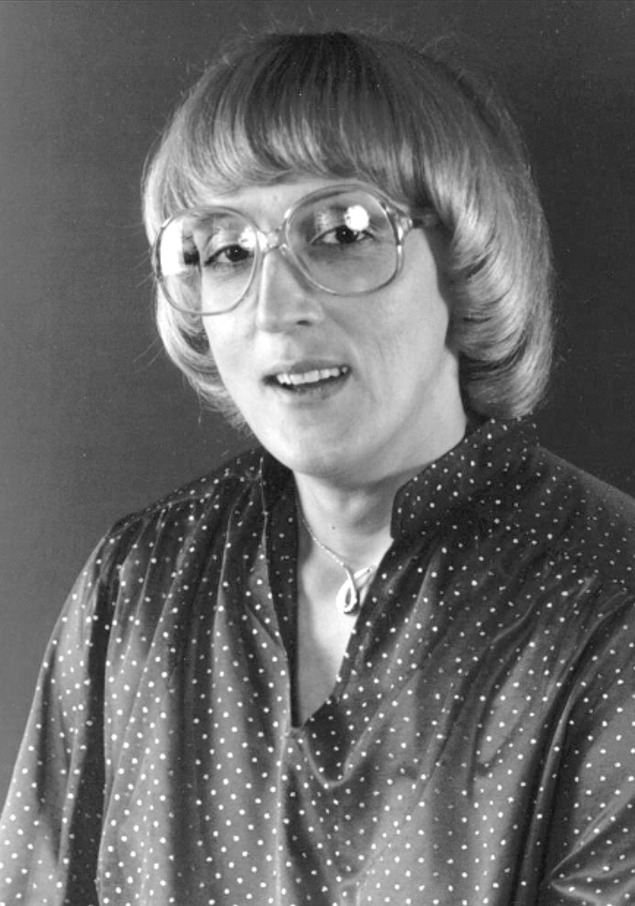
Lidia Armengol I Vila - Photo: donasecret.com 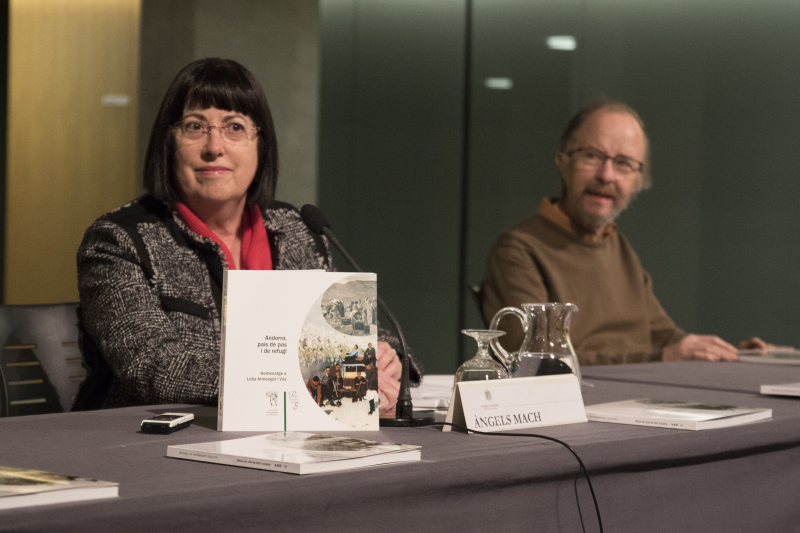
Lidia Armengol I Vila in meeting - Photo: bondia.ad -
Political figure Jaume Bartumeu Cassany, born on November 10, 1954, was the prime minister of Andorra from 2009 until 2011. He joined the Social Democratic Party as a founding member in June 2000, and from 2000 to 2004, he held the position of the first secretary. From 2005 until 2009, he presided as the opposition's leader at the General Assembly.
Jaume Bartumeu was chosen in May 2008 to run for president in his party's general election in 2009. With 45.03% of the national vote on the national list and majorities in 4 of the 7 parishes, Bartumeu's party easily won the 26 April 2009 parliamentary elections, giving the Social Democrats a relative majority of the 14 seats. Thus, in the legislative vote that took place on May 29, 2009, he was the only candidate who was able to win the majority necessary to become the leader of the Andorra government.
He was appointed Minister of Finance, Trade, and Industry in 1992. He served in the General Assembly as the leader of the Social-Democratic parliamentary group from 2001 until 2009. From 2004 to 2008, a member of the Andorran delegation to the Council of Europe. In addition to serving in the General Assembly, he also served as the leader of the Nova Democracia legislative group from 1995 to 2001 and as a representative of Andorra in the Council of Europe.
Jaume Bartumeu meets with the new ambassador of France - Video: Agència Notícies Andorrana Ana Bartumeu foresees a 'fragmented scenario' in the 2015 elections - Video: Agència Notícies Andorrana Ana -
Juan Benlloch I Vivo was born on December 29, 1864, and he passed away on February 14, 1926. Since 1919, he has held the position of Archbishop of Burgos as a Spanish Cardinal in the Roman Catholic Church. The Prince of Andorra, who was made a cardinal in 1921, is credited with writing the words of the nation's song.
Both Regina Baptista Benlloch I Vivo and Juan Benlloch I Vivo were born on December 29, 1864, in Valencia, Spain. Joan Benlloch I Vivó attended the seminary and graduated in October 1887 with a Ph.D. in theology and canon law. On February 25, 1888, he was consecrated as a priest. He later taught metaphysics and the humanities as an assistant professor at Almassera and as an adjunct professor at the Valencia seminary. learn. Benlloch served as the parish pastor of Santos Juan Evangelista y Bautista in Valencia from 1893 until 1898. Later on, he was a professor at the Segovia Seminary, where he also served as the church chapter choir, rector, and vicar general from 1899 to 1900, and vicar from 1900 to 1901.
Benlloch was named the official Bishop of Hermopolis Maior and Apostolic Administrator of Solsona on December 16, 1901. Bishop Jaime Cardona y Tur co-consecrated him, Bishops José Cadena y Eleta, and Bishop Salvador Castellote y Pinazo as bishops on February 2, 1902, in Madrid. On December 6th, 1906, Benlloch was appointed Bishop of Urgell. He also served in this capacity as Prince of Andorra and wrote the anthem's lyrics. During Benlloch's administration, Andorra joined the Allies in World War I, but was left out of the Treaty of Versailles and formally remained at war with Europe until 1957.
Age 61, the Cardinal passed away in Madrid. He is interred at Valencia, Spain's Real Baslica de la Virgen de los Desamparados.
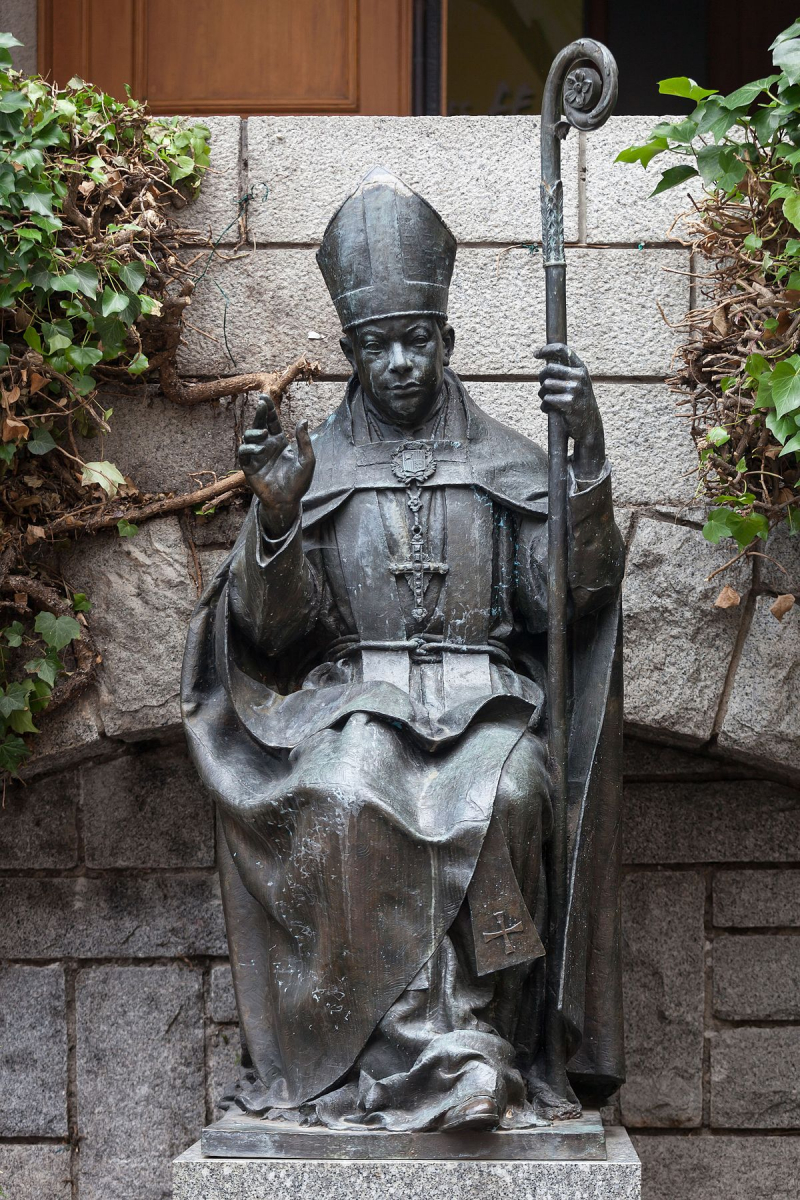
Juan Benlloch i Vivó - Photo: wikipedia.com 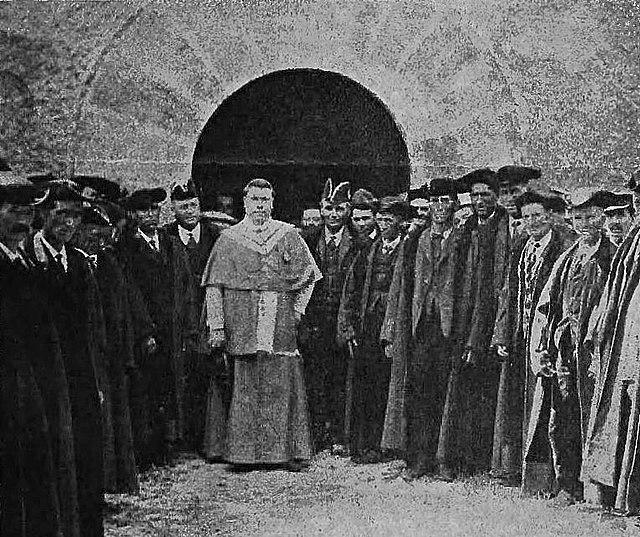
Juan Benlloch with members of Andorra parliament in 1907 - Photo: commons.wikimedia.org -
Guillem d'Areny Plandolit, 3rd baron Senaller, and Gramenet was an Andorran nobleman and politician who was born on 19 February 1822. Josep Plandolit Targarona and Maria Rosa Areny were blessed with a single son, Guillem d'Areny Plandolit. The family of Areny Plandolit, which has a long history in business and industry dating back to the 17th century, was one of the most famous Catalan families at the time. September, nine months after his mother's passing, marked the end of her life. After that, Josep and his son traveled to Andorra and settled in Ordino, where he later got remarried. After a protracted illness, Josep passed away on July 17, 1843, at the age of 55. At the age of 19, Maria Dolores Parella, Baroness of Senaller, was wed to Areny Plandolit in 1841. Seven children were born to them, and only five of them lived to adulthood.
Andorra experienced an economic crisis in the middle of the 19th century. Areny Plandolit was in charge of the reforms that ousted the aristocracy and oligarchy that had previously controlled the state. His family also belonged to a tiny social group of historically affluent Andorran families that dominated the political system, which was mostly ruled based on their privileges. They were able to manage public resources according to their own preferences and exert complete control over all decisions made by the General Council of the Valleys thanks to this kind of oligarchical government.
The reforms had a number of outcomes. The right to vote was most critically granted to every citizen of the nation. In this example, twelve of the 24 councilors were to be chosen every two years, with a four-year maximum term. Regular elections were also promised. In an effort to curb resource waste and regulate public expenditures, the office of town commissioner was also created. Areny Plandolit won the election for First Syndic of the General Council, a post equivalent to the speaker, after presenting the official text outlining the reforms in May 1866.
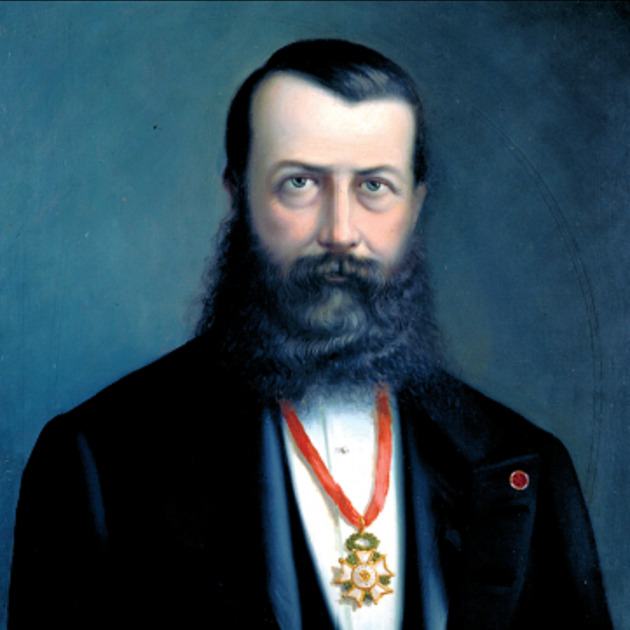
Guillem d'Areny Plandolit - Photo: elnacional.cat The historic garden of the Casa d'Areny Plandolit - Video: Museus i Monuments d'Andorra -
Antoni Marti Petit, an Important Historical Figure, is an Andorranian architect and politician. He held the position from May 2011 to May 16, 2019, when he was chosen by Democratic Party voters in Andorra. Then, in the 2015 legislative elections, he was returned to office.
Marti was raised in Escaldes-Engordany and attended the Toulouse École Nationale Supérieure d'Architecture, a division of the Toulouse Federal University of the Midi-Pyrénées. He works as an architect full-time.
In 1993, when political parties were allowed to participate in legislative elections, Marti was first elected to the General Assembly as a member of the Liberal Alliance. The Liberal Alliance came in second place in the vote. After losing a vote of no confidence in 1994, Marc Forné Molné, the head of the Liberal Alliance, took over as prime minister. Oscar Ribas Reig had been selected as the previous leader. When the Liberal Alliance won the 1997 elections and Molné stayed in that position as prime minister, Marti was re-elected. The Liberal Alliance changed its name to the Andorra Liberal Party shortly before the 2001 election, which it won. Molné kept her position as prime minister.
Marti was elected mayor of Escaldes-Engordany, Andorra's second-largest town, in 2004 after Marti resigned from the General Assembly. He held the position of mayor from 2004 to 2007 and again from 2008 to 2011. As a candidate in the Reform Coalition, the Liberal Party fell short in the 2009 election to Jaume Bartumeu's Social Democratic Party. After losing a vote on a two-year budget during the campaign to opposition parties, Bartumeu decided to seek an early election in 2011. As the Reform Alliance's immediate successor, the Democratic Party for Andorra was established in February 2011. Marti was the party's nominee for prime minister. He ran an oppositional campaign to Bartumeu's idea to enact an income tax. The pro-Andorra Democratic Party received 55.5% of the vote. Bartumeu resigned as prime minister on April 28, 2011, and Pere López Agràs took over until May 12, 2011, when Marti was appointed.
Marti began discussions with the European Union in 2011 on different forms of cooperation. Andorra altered its regulations regarding international investment, welcomed foreign companies, and agreed to forgo double taxation with France and Spain during the discussions. Additionally, Marti handled the adoption of the euro as Andorra's official currency after a June 2011 deal.
Message from Andorra's Head of Government Antoni Marti - Video: Global Education First Initiative H.E. Antoni Marti, Strengthening Neighborhood - Video: UN Geneva -
Marc Forné I Molné was prime minister of Andorra for an 11-year term from 1994 to 2005. He served two terms until being succeeded in 2005 by Albert Pintat, who had won the election in May. He is the leader of the Andorra Liberal Party and a lawyer by trade.
Marc Forné Molné was born on 30 December 1946 in La Massana. He is the child of Joana Molné I Armengou, a La Massana native, and Antoni Forné I Jou, a lawyer, and activist for the Marxist United Workers Party who was born in Arfa.
In 1974, he earned his law degree from the University of Barcelona. Marc Forné Molné was employed by the General Assembly of Valls d'Andorra's Public Service Department from 1969 to 1972 as a public servant before going on to practice law. 1974. He spent that time working in an office with his father and sibling to advance his profession. subsequently, in 1985, Marc Forné Molné became a member of the Andorra Liberal Party.
He started Andorra-7, a weekly newspaper in the Pyrenees, in 1978, and during the course of 11 years, he served as its director. Additionally, the Moto Club of the Principality of Andorra was also led by him as president.
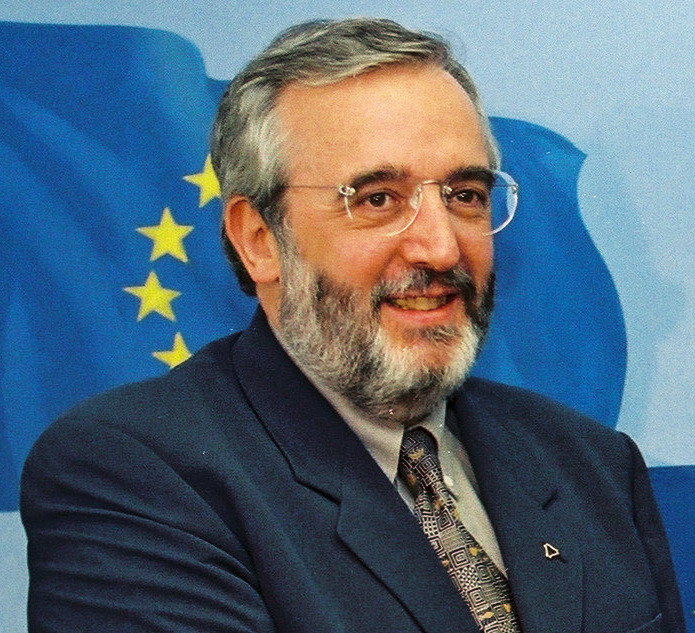
Marc Forné Molné - Photo: wikipedia.org 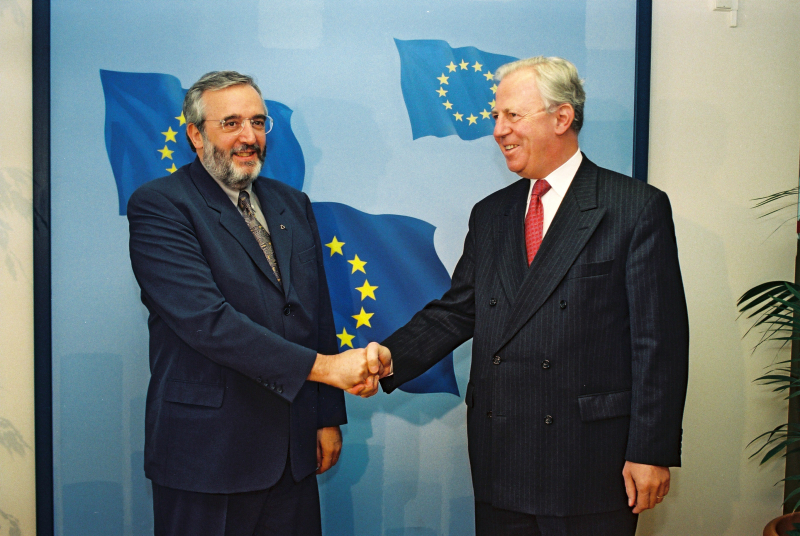
Visit of Marc Forné Molné to the EC - Photo: wikipedia.org -
Albert Pintat Santolària (born 23 June 1943) is an Andorran citizen who held the position of prime minister for four years. He received his degree from the University of Friborg in Switzerland, where he studied economics in depth.
As ambassador to the UK, Switzerland, and the European Union in 1995, Albert Pintat started his political career. He served as foreign minister for five years at the time and was a member of the Andorran Liberal Party. From 1997 until 2001, he served as Andorra's foreign minister and was a member of the Andorran Liberal Party. In addition, he represented the European Union as ambassador to Switzerland (1995 to 1997) and the UK (2001 to 2004). From the time of his designation by the General Assembly on February 20, 2005, until June 5, 2009, he presided as the head of state.
Albert Pintat was a man of numerous efforts in addition to his political successes. He is still in charge of the fishing company Casa Pintat which his father founded. As part of his involvement in the Andorran banking industry, he also upholds the heritage of his father, who established the country's primary bank. By exercising strong leadership and working hard, Albert Pintat has made a significant contribution to Andorra.
Albert Pintat answers in an election interview - Video: Agència Notícies Andorrana Ana Message from Albert Pintat on New Year - Video: andorra2008 -
A Russian adventurer, international con artist, and pretender named Boris Mikhailovich Skossyreff sought to overthrow the Principality of Andorra's monarchy in the early 1930s by assuming the title of King Boris I of Andorra.
Skossyreff was born on January 12, 1896, into a poor aristocratic family in Vilnius, Lithuania, which was then a part of the Russian Empire. Skossyreff sought political shelter in England during the 1917 Russian Revolution and enlisted in the British army there until the war's end. Later on, he was employed by the British Foreign Office. Midway through the 1920s, he relocated to the Netherlands, where he was included on the Directorate of Intelligence and Security's list of Outstanding Foreign Revolutionaries of 1924 and was regarded as an international forger.Skossyreff settled down in the community of Santa Coloma d'Andorra, close to Sant Julià de Loria, on his first trip to Andorra. He is claimed to have started preparing his "coup" during this visit. All around Andorra, he engaged in numerous talks with farmers, craftsmen, and politicians. On May 17, 1934, Skossyreff delivered a document including his suggestions to the Valley Council (the previous name of the Government of Andorra) and other advisers, arguing that they justified his wish to reign. The Council members, however, made fun of his attempts. Skossyreff wants to turn Andorra into one of the major global commercial hubs, where banks, financial institutions, and multinational corporations may quickly establish their social addresses. There, benefit from the tax system. In order to be named Prince of Andorra by the General Assembly, he requested payment in exchange for his gift to the Andorran people.
However, the reign of "King Boris I" was short-lived. Skossyreff was imprisoned and kept in a French prison camp in February 1939 among anti-French Spaniards, and anti-fascists from Italy and Central Europe who had fled the Third Reich's pre-World War II occupations. He wasn't released until 1956 when he then went back to Boppard, where he passed away in 1989.
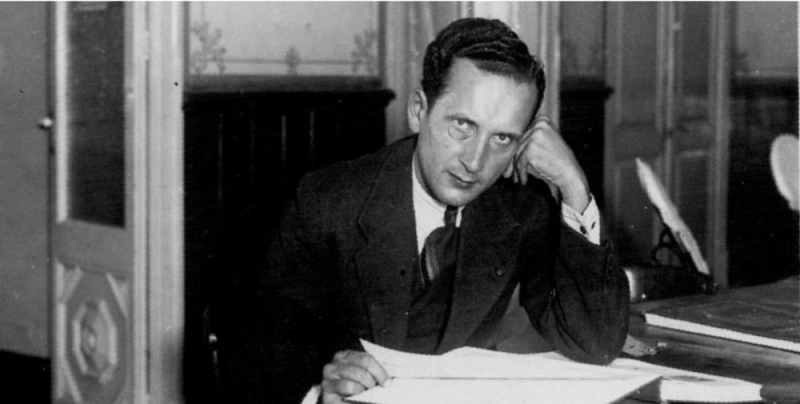
Photo: grandsudinsolite.fr The Russian fraud who tried to rule Andorra - Video: EmperorTigerstar












